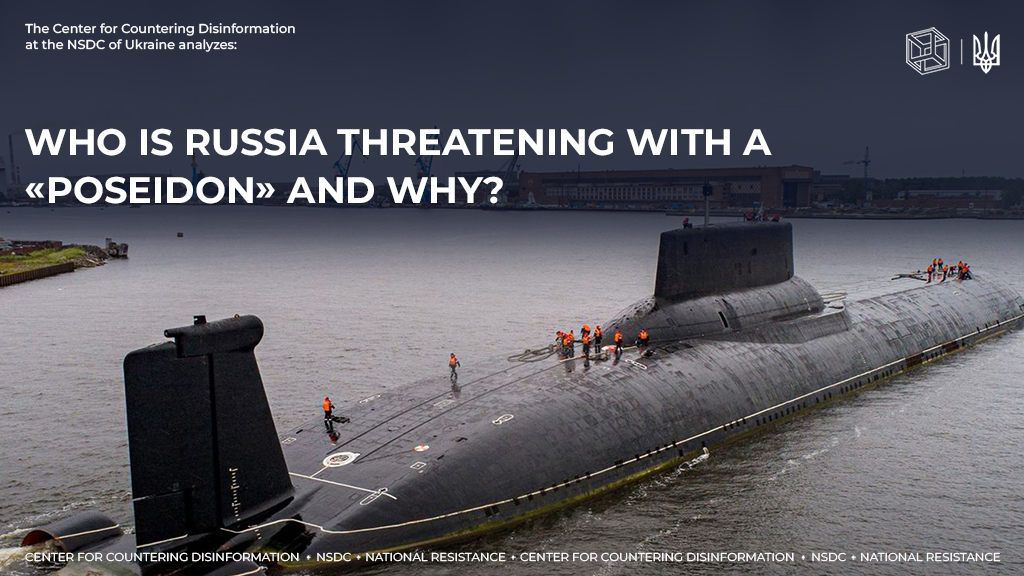In a shocking development that could reshape the naval warfare landscape, Russia has unveiled its formidable Kabarovsk-class nuclear-powered submarine, a vessel designed to carry the game-changing M39 Poseidon underwater drones. Launched from the Searodvinsk shipyard, this 10,000-ton behemoth is poised to enhance Russia’s strategic military capabilities, sending ripples of concern through NATO and beyond.

The Kabarovsk submarine is not just another addition to Russia’s fleet; it represents a significant leap in underwater warfare technology. Equipped to deploy the Poseidon drones, which are said to generate catastrophic radioactive waves, this submarine is a harbinger of a new era of military power. While it still requires rigorous sea trials before becoming operational, its potential impact is already sending shockwaves through military circles.
What sets the Kabarovsk apart is its integration of advanced robotic systems, allowing for a smaller crew while maximizing operational efficiency. These autonomous drones can perform inspections, detect damage, and conduct repairs in conditions too hazardous for human divers. This innovation translates into longer missions and reduced risks for personnel, making the Kabarovsk a formidable adversary in any maritime conflict.

The intelligence-gathering capabilities of the Kabarovsk are equally alarming. Its small underwater drones can infiltrate enemy territories undetected, collecting critical information about naval movements and infrastructure. This stealthy reconnaissance ability allows Russia to operate effectively in high-stakes environments, presenting a significant challenge to NATO’s defense strategies.
At the heart of the Kabarovsk’s mission is the Poseidon drone itself, a nuclear-powered autonomous vehicle with unprecedented capabilities. Designed to strike coastal cities with devastating precision, the Poseidon can travel stealthily, evading detection systems while gathering targeting data through a combination of preloaded information and real-time satellite communications. This versatility makes it a terrifying weapon, capable of unleashing nuclear devastation and triggering artificial tsunamis that could obliterate coastal defenses.
As the world watches with bated breath, the implications of this development are profound. With the Kabarovsk and Poseidon in its arsenal, Russia has positioned itself as a formidable player in global military dynamics, forcing adversaries to reconsider their strategies. The question now looms: how will NATO and the United States respond to this alarming advancement in Russian military technology? As tensions escalate, the stakes have never been higher.



